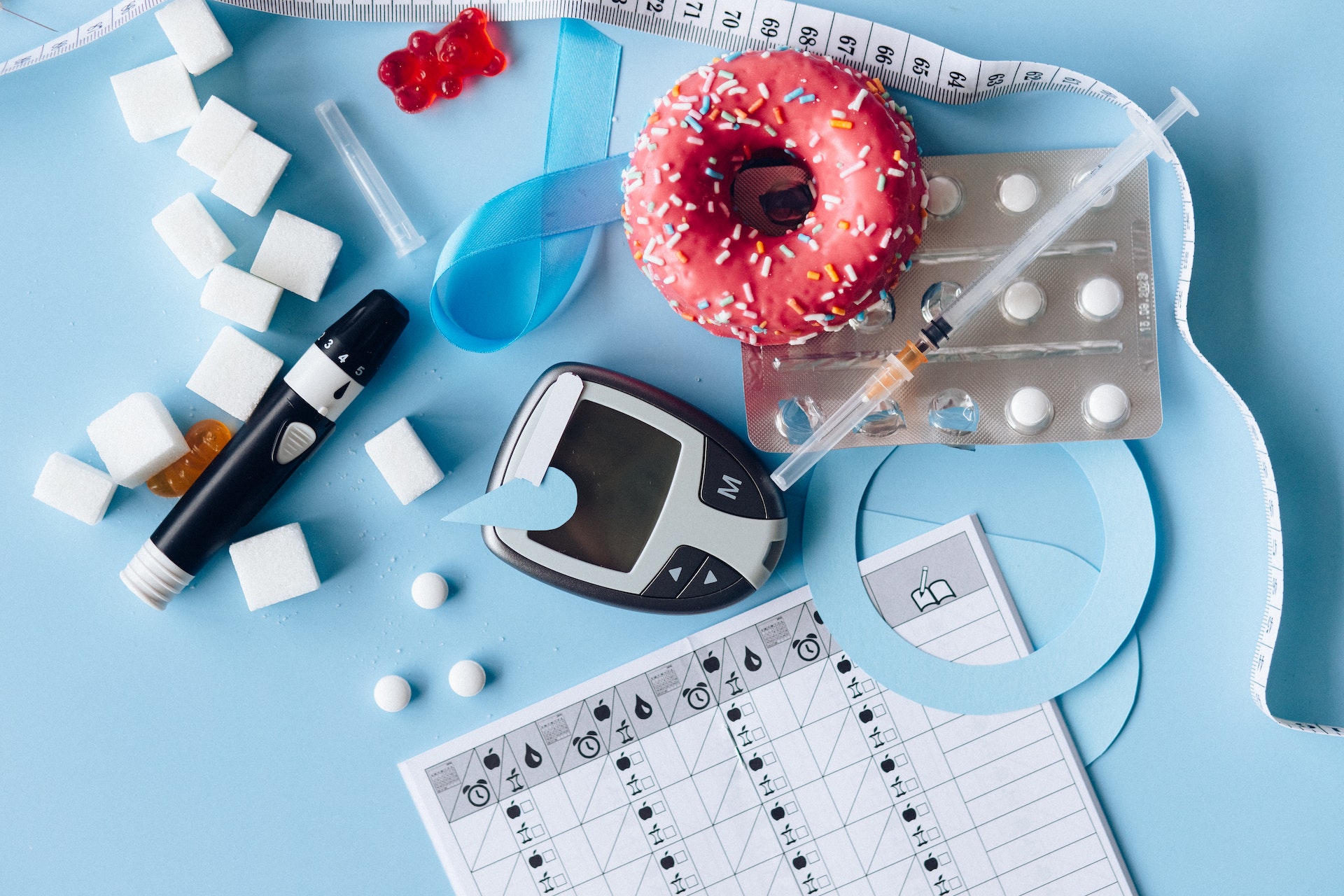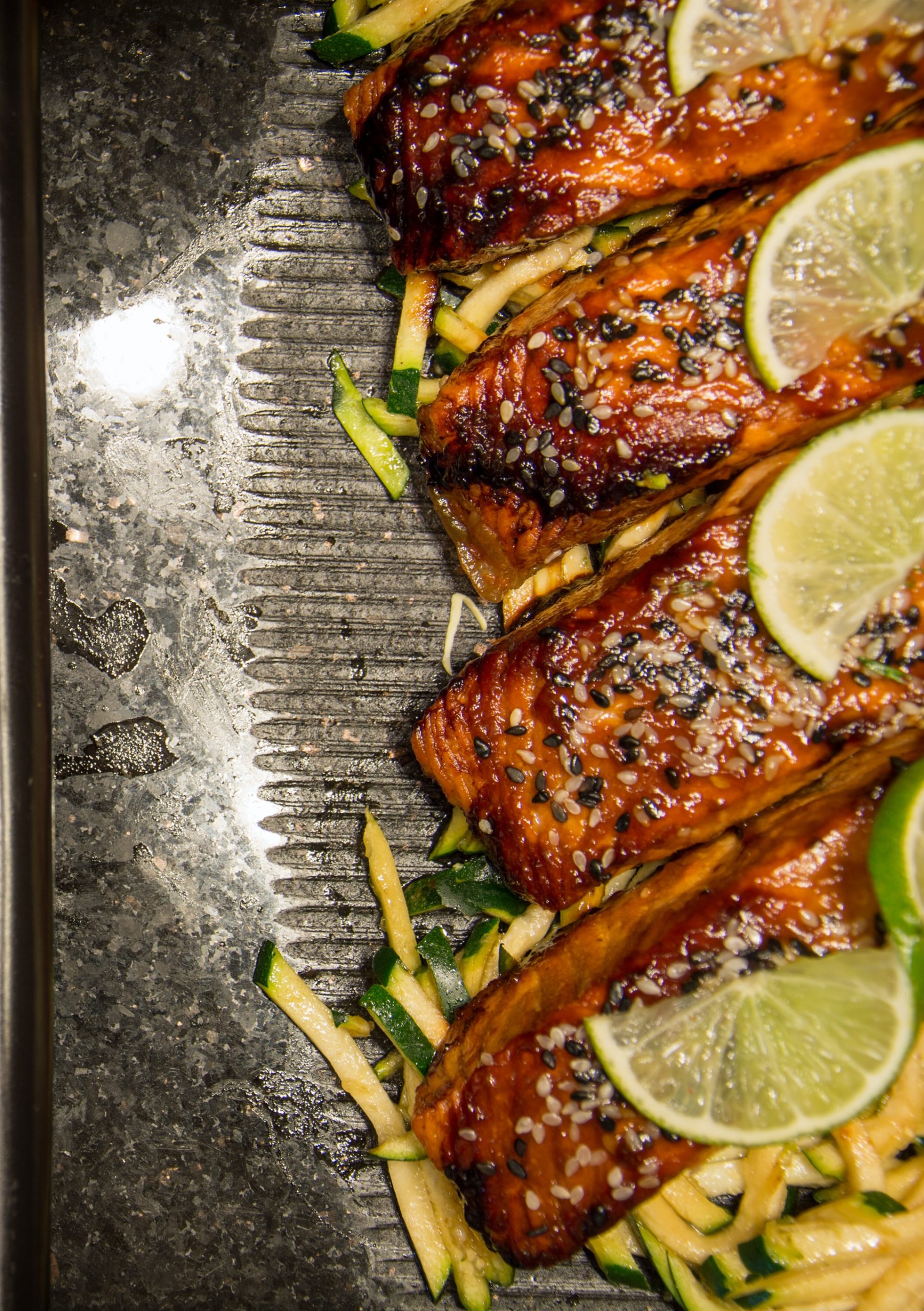[su_note note_color=”#ffe3e6″]This post contains affiliate links. Affiliate disclosure: As an Amazon Associate, we may earn commissions from qualifying purchases from Amazon.com and other Amazon websites.[/su_note]
Being diagnosed with any long-term, chronic health condition is incredibly overwhelming. There is a huge adjustment period where you have to work towards making sustainable lifestyle changes which can help to minimise the impact that your condition has on your daily life. A type 1 diabetes diagnosis can be hard to come to terms with, and managing the condition often feels challenging, but it doesn’t have to be. Read on for more information.
Breakfast
The first thing that you should do when you wake up is to check your blood sugar levels. A lot of people with type 1 diabetes worry about what they can eat; the truth is that you can eat anything. However, it is all about creating a balanced diet that promotes healthy eating with the occasional treat. You can then choose the right breakfast accordingly. This will usually include fruits or veggies, protein, whole grains and healthy fats. For example, avocado and smoked salmon on wholewheat toast, scrambled eggs, fruit and yoghurts, or porridge are all great breakfasts to choose from.
Snacks
Having snacks to hand is important because they can help to keep your blood sugar up. Keeping snacks on you should become a habit. However, having snacks that are too sugary can cause your blood sugar to spike too quickly, which can also be dangerous. Fruit, nuts, raisins, and protein bars are great options, as is fruit juice if you feel your levels dipping.
Lunch
Before lunch, you should also check your blood sugar levels. Meal prepping for the week can make it easier for you to have a healthy, nutritious lunch. Salads are a great option; however, if you aren’t a salad person, then you could always go for something like chilli, soup or pasta. Remember to check your levels again after you eat.
Dinner
Eating a balanced dinner is important because it helps to keep your blood sugar levels steady through the night. If it isn’t obvious by now, you will also need to check your levels before and after eating. Your dinner should follow the same sort of formula as your breakfast, trying to hit all the food groups mentioned: whole grains, protein, fruit, veg and carbohydrates. This could be pretty much anything, but healthier choices would be better.
The Rest of Your Schedule
The rest of your day will depend on your responsibilities. That being said, you should do your best to try and find time for a little exercise every day, as well as ensure that you are getting at least seven hours of sleep a night. You should also set reminders for your medication to make sure that you are taking them at the right time. Getting into the right routine with your diabetes can be a challenge; luckily, Air Liquide Healthcare has a number of resources and products that can help you.
In Conclusion
Having a chronic condition, whatever it is, can take its toll. However, diagnosis is just the first step. It can help you to get the help and advice that you need. Planning is key to ensuring that you are making the best decisions for your health.





